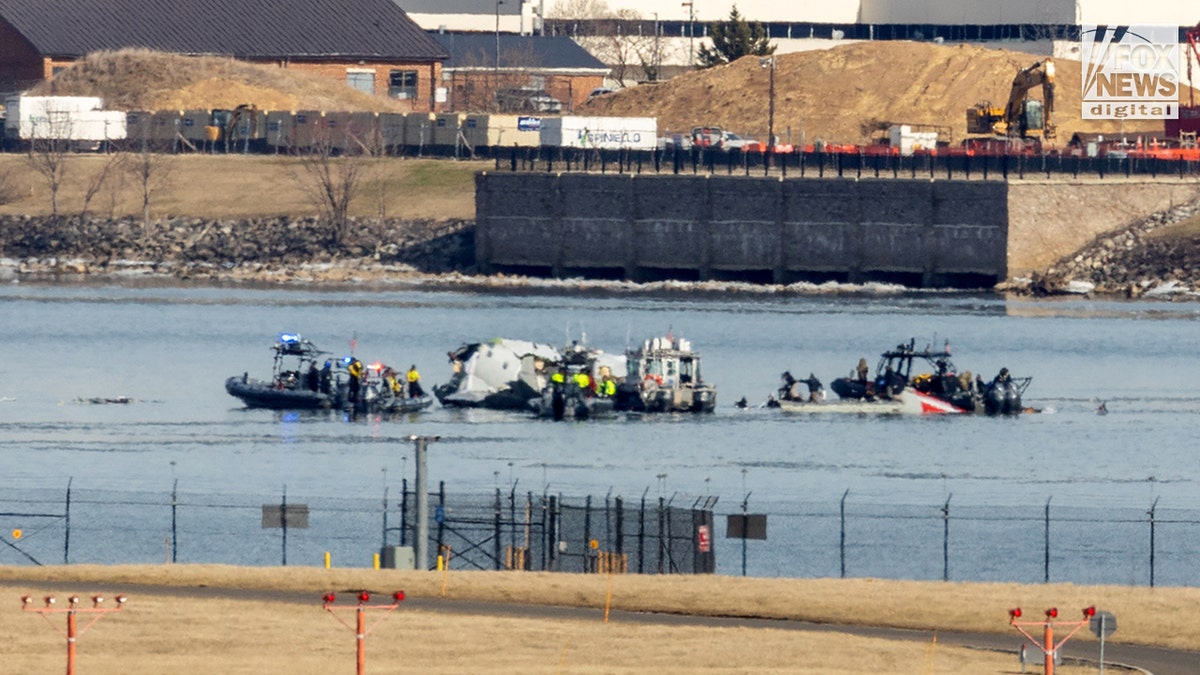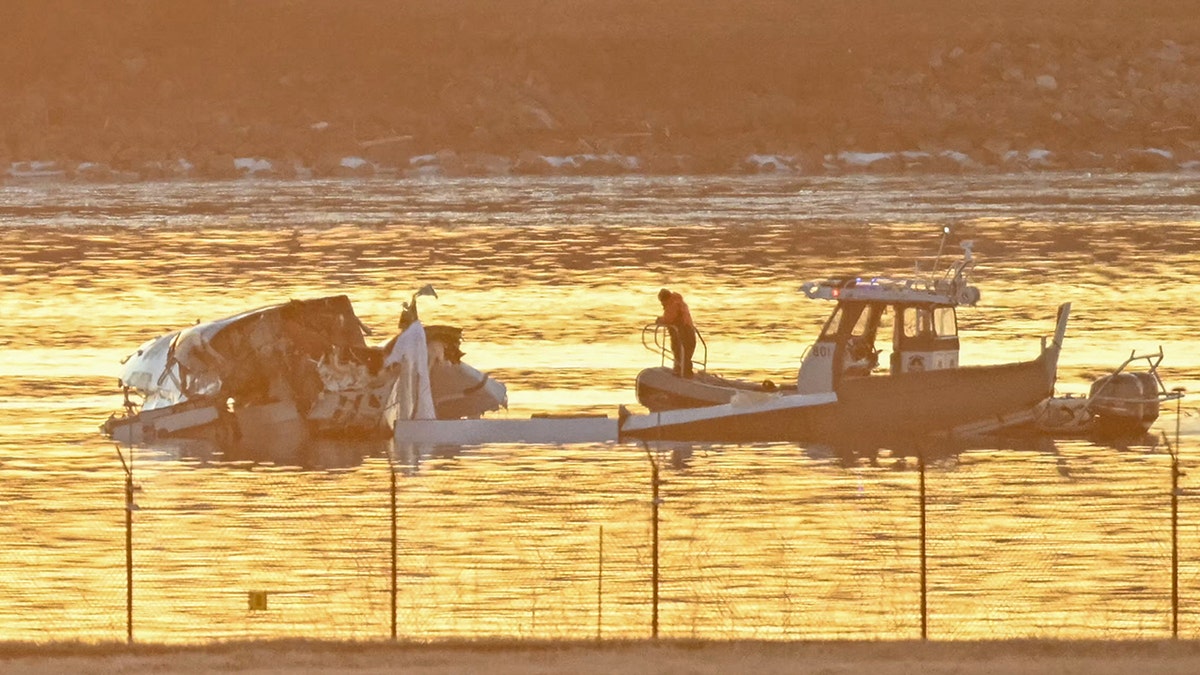Days before the tragic midair collision between an Army helicopter and a passenger jet over the Potomac River, reportedly claiming 67 lives, two planes were forced to abort landings at Reagan National Airport (DCA) due to military helicopter activity. The Washington Post revealed that on the Tuesday preceding the crash, a plane alerted air traffic control of an aborted landing to avoid a helicopter. Another incident occurred on January 23, when a passenger reported their flight from Charlotte had to circle due to a helicopter obstructing the flight path.
These near misses underscore concerns about the high volume of military training flights near DCA, particularly a helicopter lane intersecting with the southeastern approach to Runway 33, where the doomed American Airlines Flight 5342 was attempting to land. An air traffic controller specifically dedicated to helicopters is stationed in the DCA tower to mitigate these risks. However, an internal FAA report, obtained by the Associated Press, indicated unusual staffing levels in the tower on the night of the accident, noting that the "position configuration was not normal" for the traffic volume. A source familiar with DCA operations, however, informed Fox News Digital that staffing levels were standard, explaining that controller roles are frequently combined during breaks, shift changes, or periods of low traffic. The source described air traffic that evening as moderate.

The 64 passengers and crew aboard Flight 5342, and the three soldiers on the Army Sikorsky UH-60 Black Hawk from Fort Belvoir, are presumed dead. The tragedy has prompted questions about the safety of military flight operations around the airport. A 2023 Government Accountability Office report revealed approximately 88,000 helicopter flights within a 30-mile radius of DCA between 2017 and 2019. Further, a 2021 GAO report highlighted the FAA's altitude restrictions for helicopters in the airspace near DCA and the Potomac to minimize the risk of collisions with commercial aircraft.

Moments before the collision, air traffic control inquired if the Black Hawk pilot had visual contact with the approaching CRJ. The pilot confirmed and requested "visual separation." The ensuing crash resulted in a fiery explosion over the river.

Jim Brauchle, a former Air Force navigator and aviation accident attorney, emphasized the challenges of visually identifying aircraft at night in urban environments. He speculated that the helicopter pilot may have mistaken another light source for the approaching plane. The FAA and other federal agencies are currently investigating the cause of the crash.


Comments(0)
Top Comments